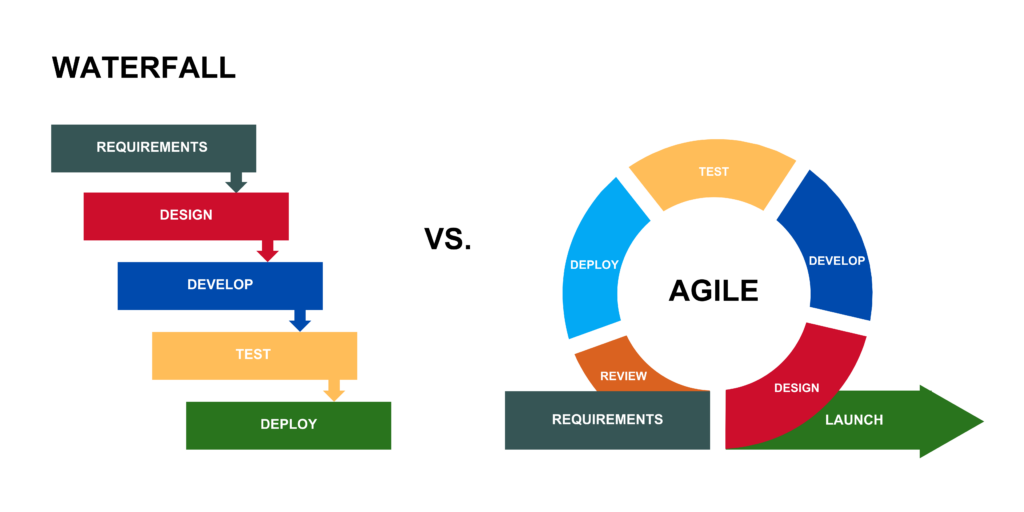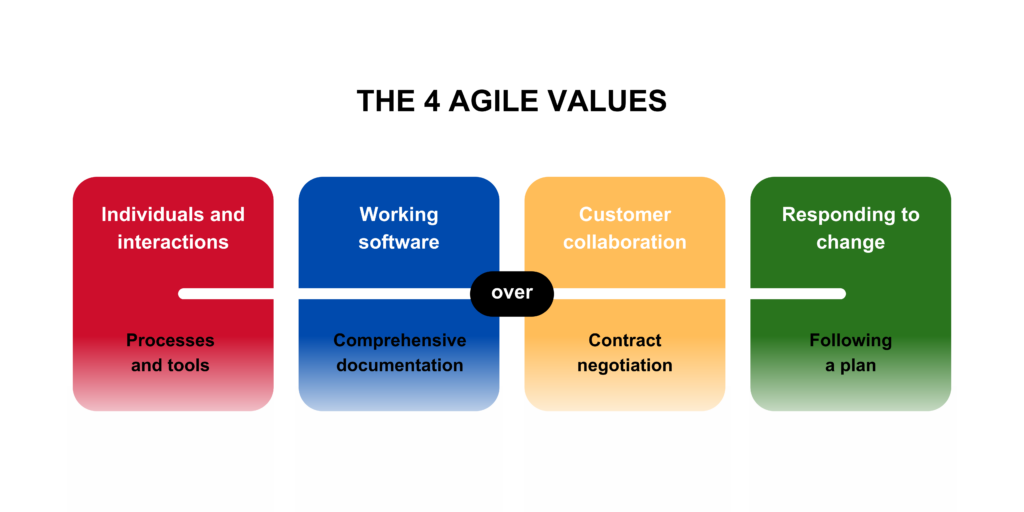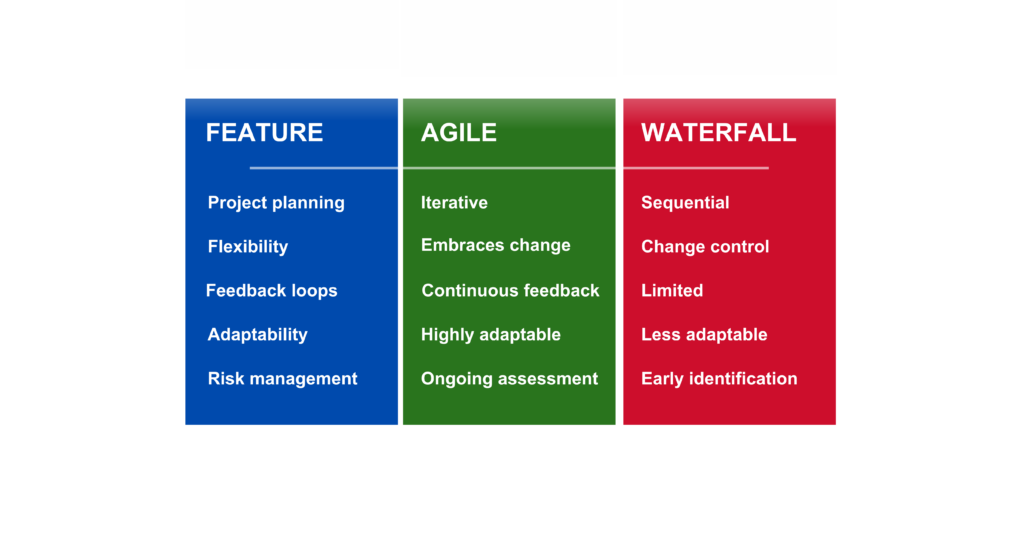Despite the most meticulous planning and commitment to linear schedules, construction projects are often unpredictable, subject to client deviations, unforeseen site conditions and evolving regulatory landscapes.
Can an Agile approach – one that promotes adaptation rather than a fixed plan – be more effective than the traditional Waterfall method of construction project management?
Waterfall and Agile
Construction projects are traditionally executed in continuous stages, known as the ‘Waterfall’ method: project initiation, planning and design, execution, and handover. Client input occurs primarily in the planning and design phases.
On the other hand, the Agile methodology, born in the realm of software development, is an iterative and incremental approach to project management that emphasises adaptability and collaboration. Its process involves breaking down a project into small tasks, known as iterations or sprints, and regularly reassessing priorities based on feedback and changing circumstances.
Construction projects, typically sequential in nature, are thought to be poor candidates for an Agile approach as adaptations become increasingly expensive the further the project moves along the life cycle. For example, a change during the design phase might cost $1, but during active construction could cost $100 to implement, so there has always been a strong financial incentive to fix designs and plans as firmly as possible before execution.
Let’s now explore the optimal contexts for Agile and Waterfall methodologies in the journey of a construction project.

Comparing approaches
To compare the effectiveness of each approach for construction projects, we must consider various factors including the project type, project phases, team dynamics, as well as the risk tolerance of stakeholders.
Project type: Agile shines in projects where flexibility and adaptability are important – for example, fitout projects, where client preferences may develop during the project. It is a useful approach for projects with dynamic conditions, lots of client involvement, and evolving scopes. The Waterfall approach, on the other hand, works well for complex projects such as large-scale infrastructure and residential developments, with well-defined requirements and stable scopes, and where changes during construction could lead to significant delays and added costs.
Project phases: In traditional construction projects, an Agile approach is most effective in the planning and design stage where a project manager can utilise Agile’s principle of increased stakeholder collaboration to review, develop, iterate and test designs, ensuring everyone is on the same page and helping to minimise disruptions during later phases.
However, from the point of construction onwards – where crew, machinery, and permissions, for instance, have been organised – moving away from a pre-determined roadmap encounters resistance from stakeholders responsible for managing costs and timelines.

Team dynamics: Agile practices require self-organising and cross-functional teams whereas Waterfall methodologies work well with more hierarchical structures.
From the outset of a project, Agile emphasises the involvement of all stakeholders with an aim to minimise misunderstandings and streamline communication channels. This increased level of communication not only improves problem-solving but can enhance visualisation throughout the workflow, minimising the risk of mismatched information, increasing work efficiency, and potentially reducing costly errors and project delays.
However, this level of interaction between parties is only practical during the design and planning phase of a project. Sustaining the same level of collaboration becomes more challenging to manage in the later stages of implementation and delivery where rigid processes are often necessary to keep a project moving efficiently towards handover.
Risk tolerance: An Agile approach might be perceived as riskier by stakeholders who prefer a more structured and pre-defined project trajectory. The Waterfall method, with its upfront planning and comprehensive documentation, provides stakeholders with a clear roadmap, offering a sense of predictability and control.

Conclusion
The appeal of Agile’s response-driven and malleable model is evident on paper, promising a dynamic and adaptable approach to project management. In reality, however, most large-scale construction projects operate within the constraints of tight budgets, pre-approved designs, pressured timelines, and the involvement of multiple stakeholders. This makes the implementation of a fully-fledged Agile approach challenging in practice. The intricacies of real-world construction, with its complex dynamics and multifaceted considerations, currently seem at odds with the flexibility, transparency, and adaptability that the Agile methodology advocates.
Ultimately, deciding the most suitable approach, including the possibility of a hybrid model, hinges not only on the various factors explored, but also on aligning with the preferences and expectations of the client and other key project stakeholders. Not every project is right for the Agile methodology. But by questioning convention, we are more adaptive and responsive to the unique needs of each client and project. And that is the ultimate definition of agility.
FURTHER INFORMATION:


